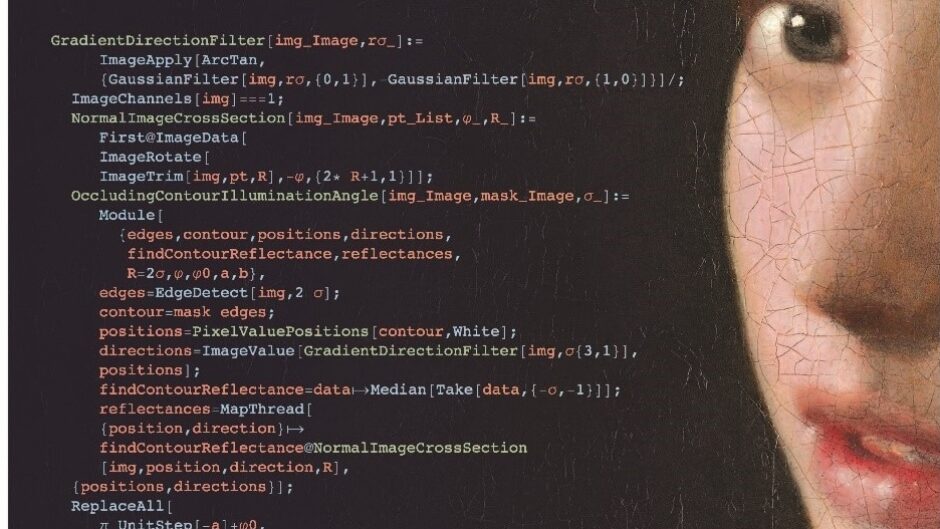Dr David G Stork
Tuesday 10 – Friday 13 September 2024
£495
Course description
Recently, art historians, conservators and critics have teamed with computer scientists to develop new algorithmic methods for addressing problems in the history and interpretation of art works, primarily of paintings and drawings.
Assuming no expertise in computing, and involving no programming, this course addresses a number of fundamental questions: How do these methods work? What have been their greatest successes, and what are their limitations? How might they evolve, particularly as more and more images and text about art become available online? Most importantly, how will our understanding of art expand and change as a result of these new tools?
Classroom sessions will be complemented by afternoon visits to relevant collections and research centres. At the end of the course students may also have gained an understanding of how these methods could aid their own art-historical research.






